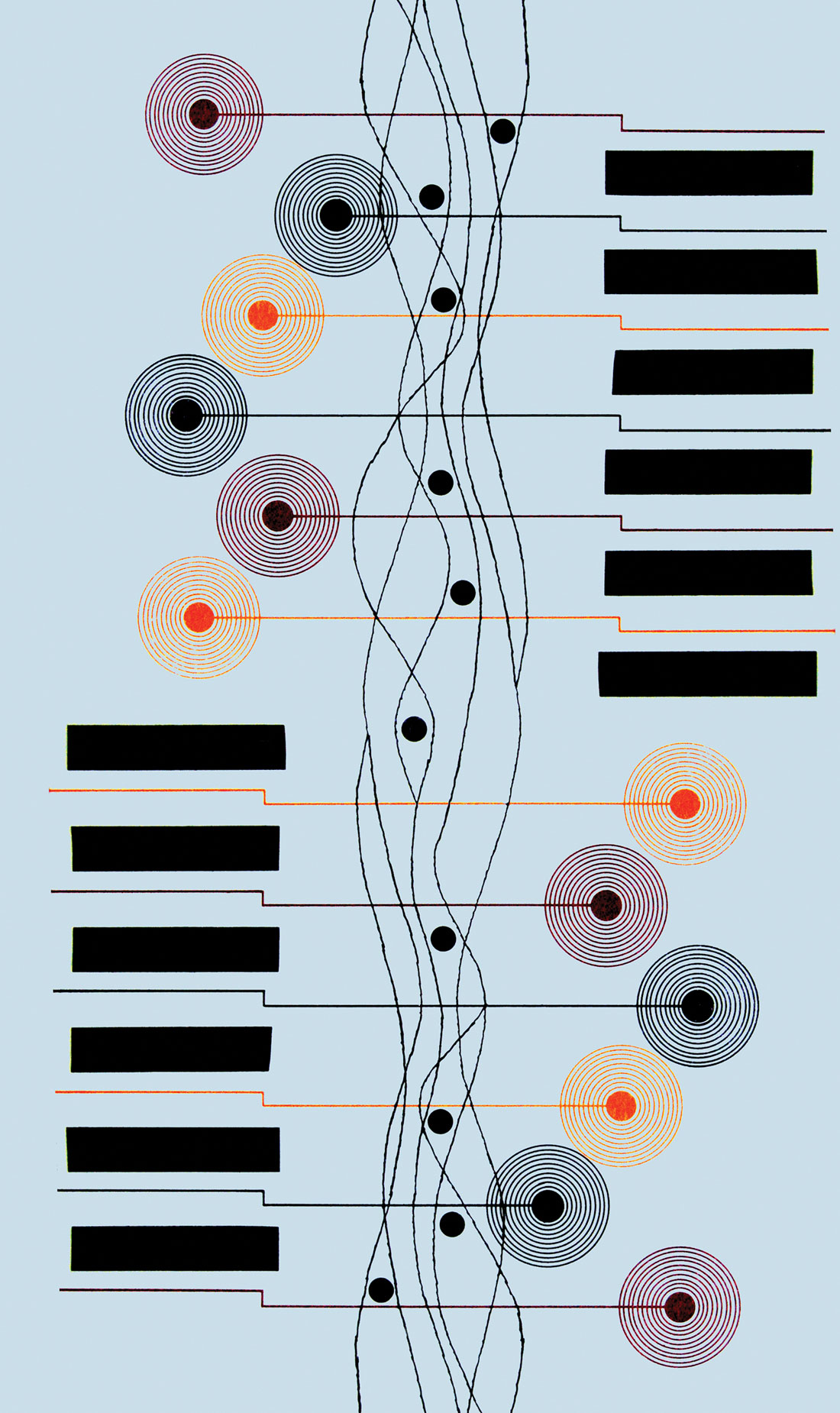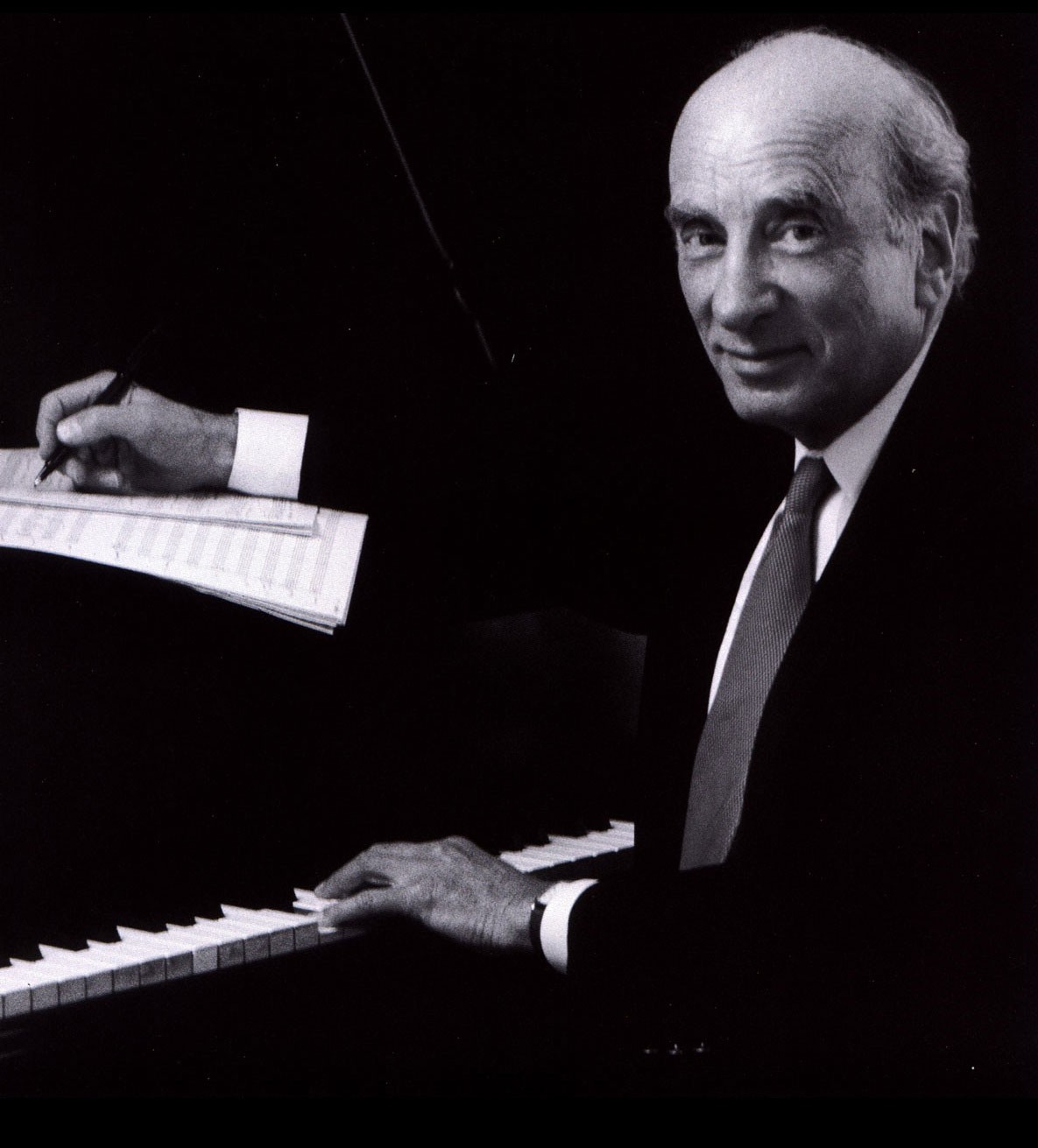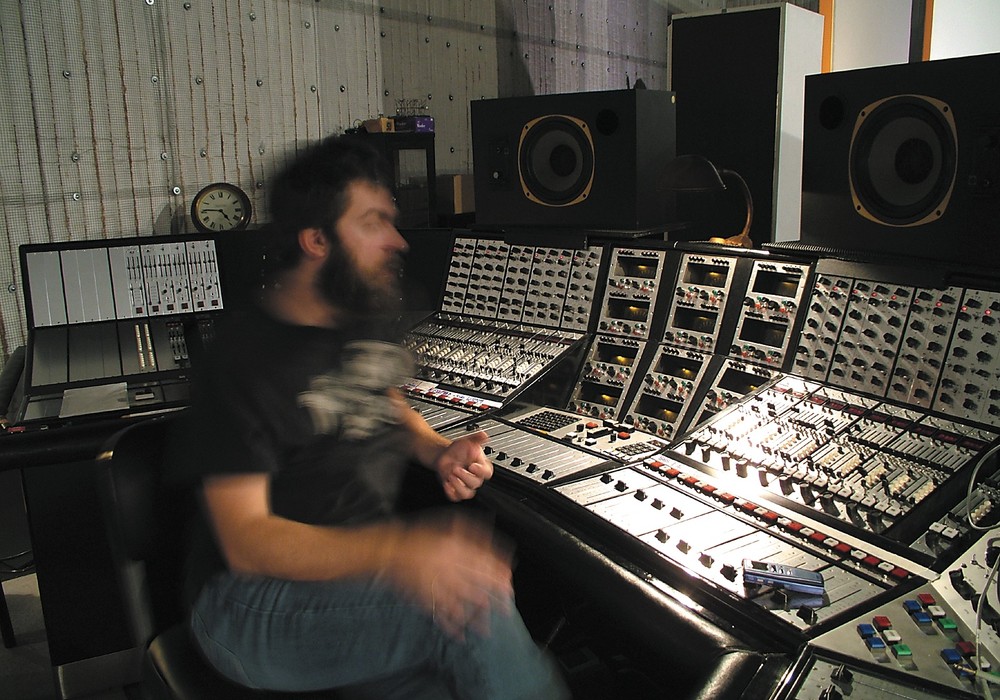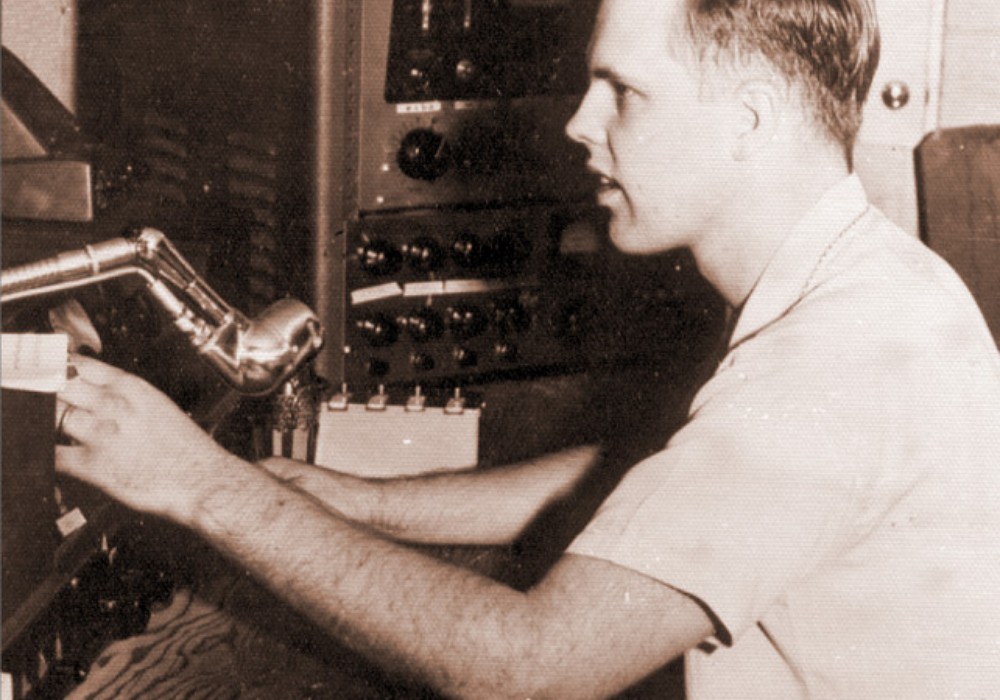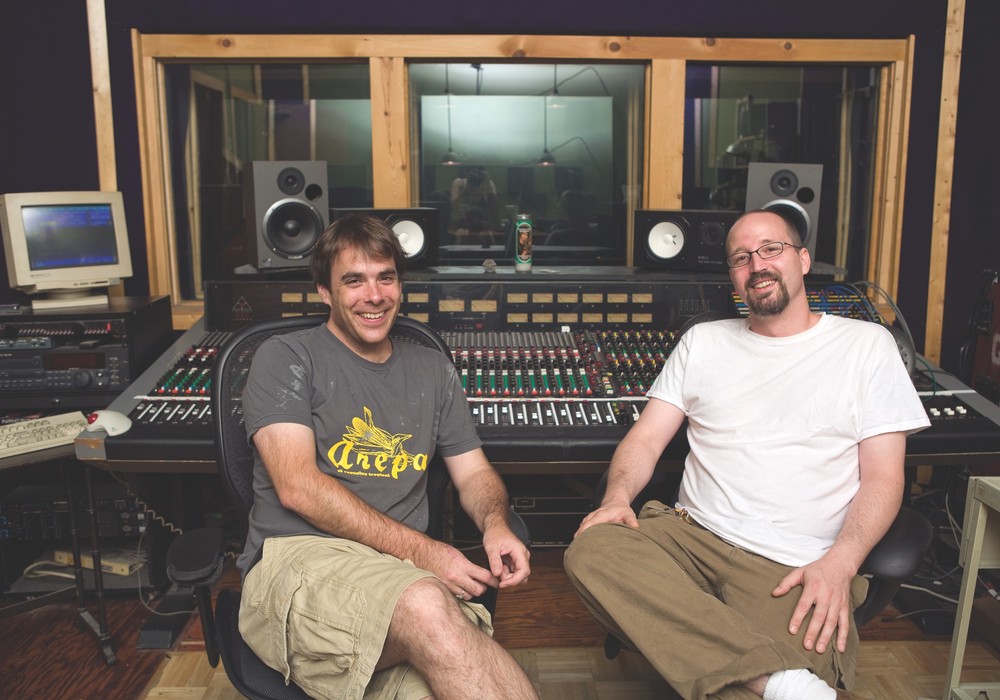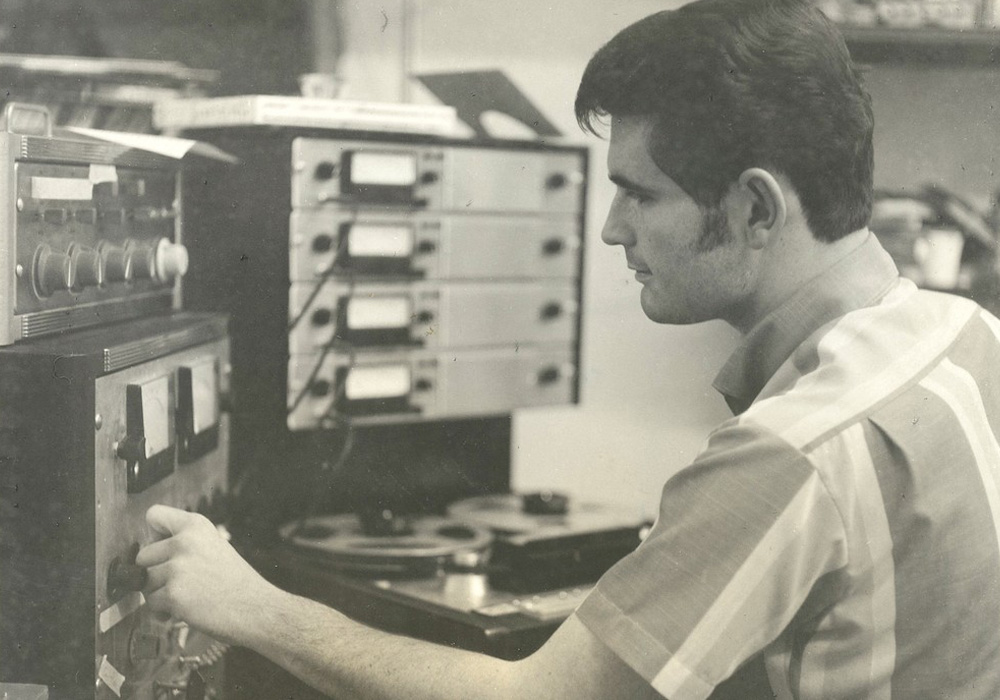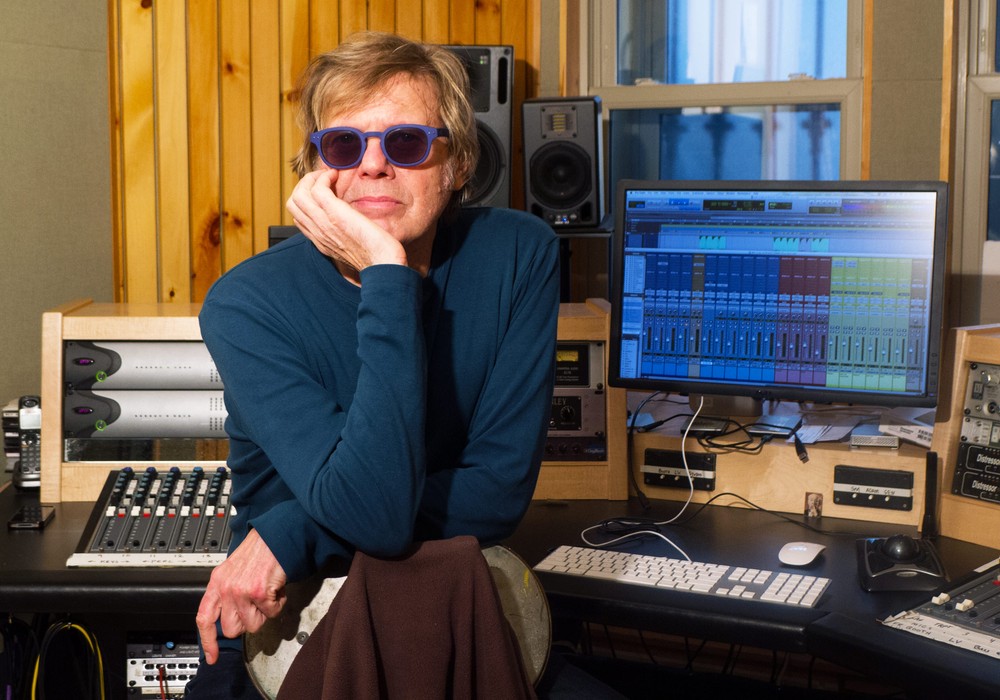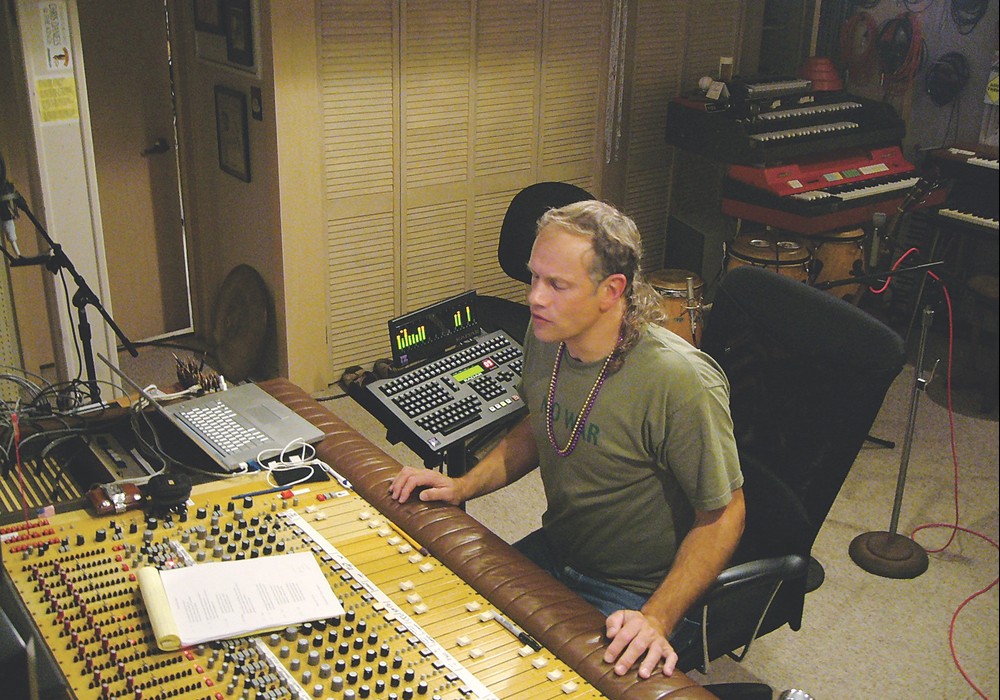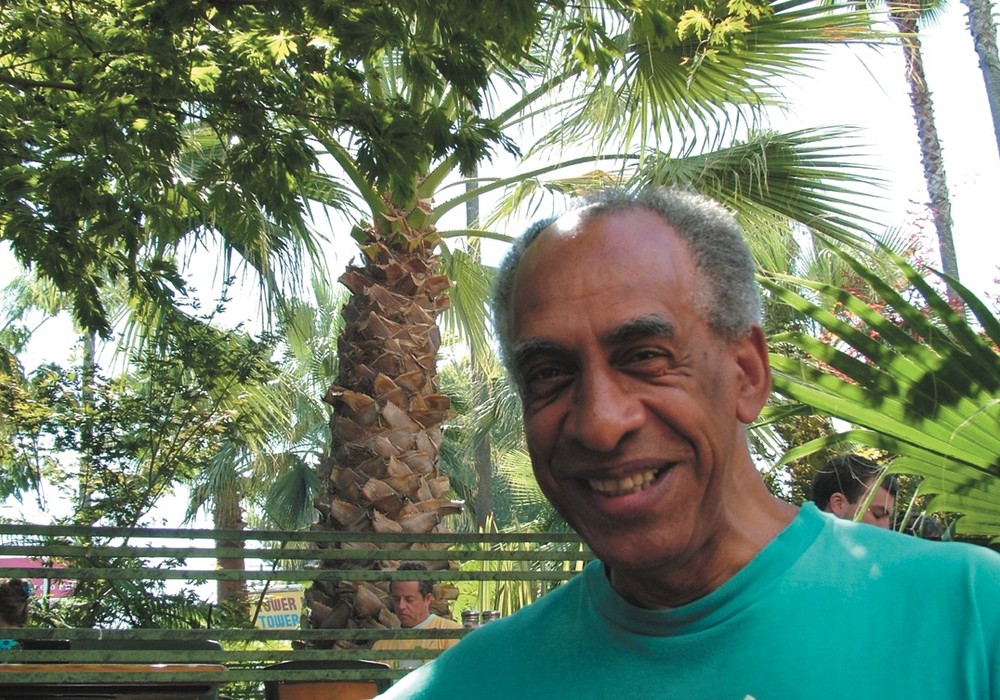Dick Hyman has had an amazing career in music at the keyboard. With 60-plus years of experience, he's seen the industry go through many twists and turns. He's played with greats such as Benny Goodman and scored films for Woody Allen. He's also worked as an arranger, musical director and composer for countless albums, TV shows and concerts, and, if that all weren't enough, he was a pioneering performer on the Moog synthesizer in the late 1960s.
I saw that you're still performing "The Minotaur" (A hit from his first Moog record Moog: The Electric Eclectics of Dick Hyman).
Well, "The Minotaur" has come back into my life. Some years ago I took it out of hibernation and converted into a violin-piano piece, which I recorded with Yuval Waldman in the '90s for Capitol under the title Jazz Sonatas. Since then I've added a full orchestra to the arrangement. Lindsay Deutsch and I have performed it that way, most recently at the Siletz Bay Music Festival in Oregon. I'm hoping for more performances in the future.
And do you feel that, even though the piece was launched from the synthesizer, it translates well to traditional instruments?
Originally it was just an improvisation done with three overdubs on top of a drum machine track. We added the melody line, the bass, and finally the drone. The drum machine beat was an odd result of combining a waltz with a bossa nova. It was a lucky inspiration, all around.
Was that first Moog record done on a 4- track?
It must have been.
There's a photo in the second Moog record (The Age of Electronicus) of a 2-inch, 8-track deck.
I can't recall. I remember only that we worked in a very small editing studio run by Walter Sear [Tape Op #41] and that the equipment resembled an old-fashioned telephone switchboard with a keyboard and some pedals fastened to it.
That first Moog record was my introduction to your work. It's a very strange record, even today, because it's so experimental. In the liner notes you talk about trying to humanize electronic music, and there are elements of that. But there are other parts of it that are still kind of bizarre.
I suppose so. Incidentally, not many people remember another Moog track I did that wasn't in either of the Command albums. Enoch [Light] had moved onto Project 3 Records by then, so this was not in the Command Records catalogue at all. I guess we had this track left over somehow ["Exploration for Moog"], and Enoch chose to put it on the end of an otherwise big band album called The Brass Menagerie 1973. We had already done two earlier Brass Menagerie [records], which I had arranged.
I was going through my Command collection last night. I've got maybe 70 of them and I'm realizing that I probably don't have even half!
I've been looking through my own collection as we talk. The ones I had something to do with were ones under my own name on piano, organ, harpsichord, or synthesizer. There are others where I played, arranged, or both for Enoch, Doc Severinsen, Tony Mottola, the Ray Charles Singers, The Free Design, Urbie Green and others.
Yeah, I've got some of those by you: Happening, Fabulous, and Electro-dynamics. The titles themselves are just so great.
I think that was Enoch's particular contribution.
Can you tell me a little bit about what the Command sessions were like?
They all took place in the ballroom of a hotel on the corner of 57th Street and 6th Avenue in New York City. The sessions were all recorded by Bob Fine [Tape Op #90], a great engineer; Enoch, of course, was in charge. Bobby Byrne and Loren Becker were his assistants. The ballroom had wooden floors and, as I recall, wooden walls. It was very resonant. The sound on those recordings was quite natural, although there might have been some reverberation added. The personnel almost always included Bobby Rosengarden on drums and Don Lamond, also on drums (if Bobby played bongos, etc.). There was also percussionist Phil Kraus and the other percussionist, Phil Bodner. Stanley Webb was on reeds, Bob Haggart on bass, Mel Davis and Doc Severinsen on trumpets, Urbie Green on trombone, and Arnold Eidus, the violinist who acted as concertmaster. There were other players in addition, of course. I guess I did most of the sessions on one instrument or another, and maybe also as arranger. As I mentioned before, the Moog performances were recorded in Walter Sear's editing room; but those tracks that had some real rhythm instruments (like "Topless Dancers of Corfu") required that...
